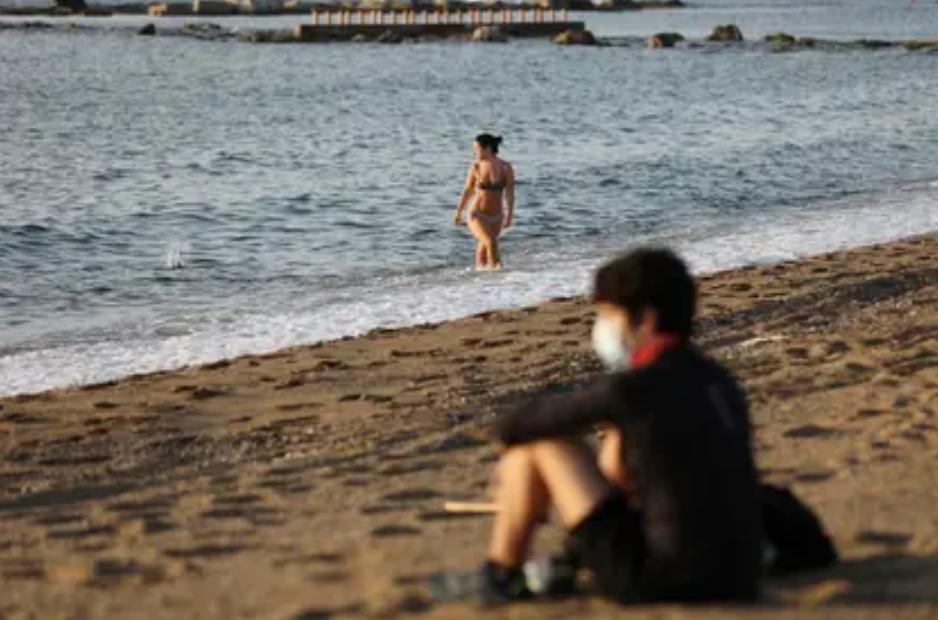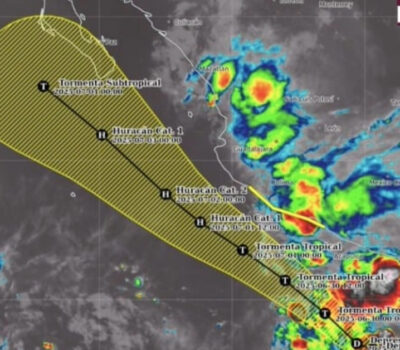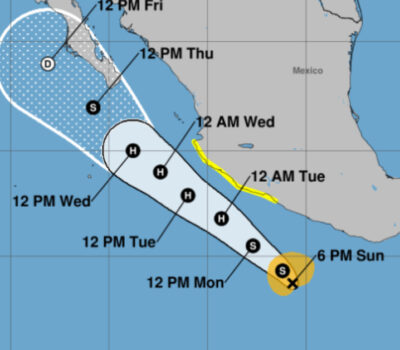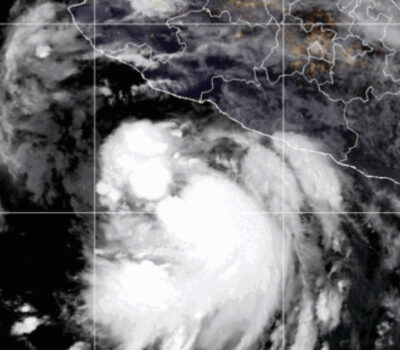It is unlikely that higher summer temperatures in the Northern Hemisphere limit the spread of the coronavirus, according to a report released Monday by Princeton University in the United States.
Numerous statistical studies conducted in recent months have shown an existing correlation between climate and pandemic, specifically that the warmer and more humid the environment, the more difficult it is for the coronavirus to spread.
However, these are very preliminary findings, the Princeton University report maintains, and the impact of climate on COVID-19, on the disease caused by the new coronavirus, would be very “modest.”
“Our findings suggest that if effective control measures are not taken, there will be new outbreaks even in humid climates and the summer will not substantially limit the spread of COVID-19,” the report said.
“We project that the wetter and hotter climates are not going to reduce the rate of virus spread early in the outbreak,” said researcher Rachel Baker, who worked on the study from the Princeton Environment Institute (PEI).
In diseases such as influenza, the climate plays an important role in its spread, but in the case of the new coronavirus, the absence of immunity in the population is a much more important factor, maintains the PEI.
In this regard, the uncontrolled spread of COVID-19 registered in countries in the Southern Hemisphere such as Brazil, Ecuador or Australia is indicative that hot weather is not a determining factor against the new coronavirus, at least at this stage of the pandemic.
“It doesn’t seem like the climate is regulating the spread today,” Baker said.
The researchers emphasized the containment measures of the virus and the development of the vaccine as the main ways to contain the pandemic. Climate will only begin to be a major factor once there is collective immunity or there is a vaccine.
“Other highly circulating coronaviruses, such as the cold, are highly dependent on climatic factors, with peaks in the winter,” said Bryan Grenfell, professor of Ecology and Evolutionary Biology at PEI. “If the new coronavirus is equally seasonal, as it appears to be, we can see a prevalence in winter but only after it has become endemic to the population,” he added.
For the study, the researchers performed pandemic response simulations in three different climates. In the scenarios, seasonality was only decisive in advanced stages of the pandemic, with significant levels of immunity in the population.
It is unlikely that higher summer temperatures in the Northern Hemisphere limit the spread of the coronavirus, according to a report released Monday by . . .












